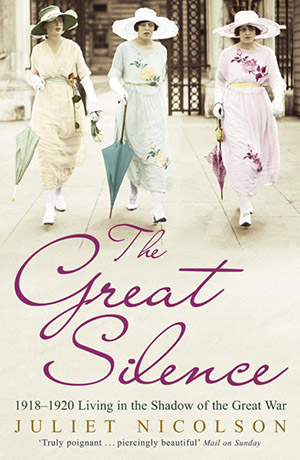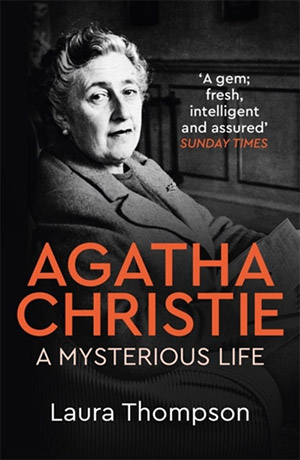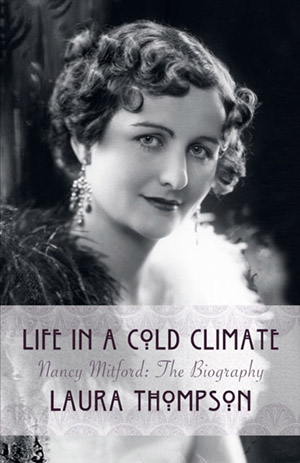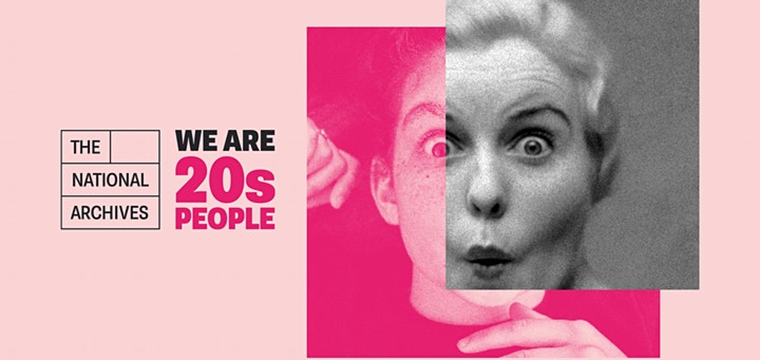This blog article is part of the 20sPeople season – a season of exhibitions, activities and events from The National Archives that explores and shares stories that connect the people of the 2020s with the people of the 1920s.
Britain had been affected profoundly by the First World War, both socially and economically, and with the loss of thousands of young men killed on the battlefields and then by the Spanish flu epidemic in 1919, the conventions and established traditions of old Edwardian England were about to take on a new meaning. The 1920s were a rollercoaster of emotions and although some were anxious about the future, there was also a feeling of optimism and hope.

From 1918 to 1920, the people of Britain were still in a state of national grief; although there were celebrations of victory, there were still the soldiers that hadn’t come home, and those who did were mentally and physically scarred by the conflict. Juliet Nicolson’s The Great Silence: 1918-1920 – Living in the Shadow of the Great War captures the change in society in those two years and describes how the impact of war was gradually absorbed. It focuses especially on how Britain and its people coped with the highs and the lows of daily life which was now so altered.
For some, the war had proven to be very profitable. Manufacturers and suppliers of goods needed for the war effort had prospered throughout the war years and had become very rich. America, Europe and the major British cities began to experience rapid industrial growth, mass production and accelerated consumer demand. This brought about new and much needed employment opportunities and with it, people’s aspirations and standards of living improved and lifestyles changed for the better.
The growing affordability of the automobile made people more mobile than ever and with the introduction of the telephone and wireless, channels of communication were opening up to the world. Television was also part of the progressive technological revolution in the 1920s, bringing about the most significant leisure product – the ‘movies’.

Other popular forms of entertainment included board games like ‘Tiddly Winks’ and perhaps listening to the BBC on the radio. Reading was another pastime, with popular children’s books including Winnie the Pooh, Just William and Enid Blyton stories. For the grown-ups, there was P G Wodehouse, famous for the character Bertie Worcester, and of course Agatha Christie, an English detective novelist and playwright. In the 1920s, Agatha was famous for creating two detective characters – Hercule Poirot and Miss Marple – who are still just as popular today.
A traditionalist at heart, Agatha had a dislike for alcohol, smoking and … the gramophone. She was also rather dubious about certain aspects of the ‘new’ modern world. The biography Agatha Christie: A Mysterious Life explores the happy Edwardian world in which she grew up, the relationships she had with her two husbands and daughter, and it investigates the mysteries surrounding Christie’s life, including her disappearance in 1926. The book unravels not only the detailed workings of her detective fiction, but also the truth behind her private life, in those heady days of the 1920s.
For the ‘Bright Young Things’ of the aristocracy and wealthier classes, life had never been better. It was now the ‘Roaring Twenties’, with nightclubs, jazz clubs full of people dancing the ‘Charleston’, and gin-swigging cocktail bars that were springing up in the cities. The hedonistic lifestyle was perhaps for some an escape from reality, as this generation had largely missed the war, being too young to fight.

Nancy Mitford was a ‘Bright Young Thing’ and wrote about the ‘Roaring Twenties’ in her novels, while politely poking fun at the socialites and upper classes. Her biography, Life in a Cold Climate, evokes the 1920s decade and is a witty, yet affectionate, study of this contradictory and ‘very, very complex woman’. The book gives a fascinating insight into her life on the London social scene through her journalism and from the novels and letters she wrote, in an era of much social change and class divide.
The wartime experience influenced British society, particularly women, who had been employed in the factories, earning a wage and gaining a degree of independence. Women over 30 had been given the vote in 1918, thanks to the Suffragettes, and by 1928 this had been extended to all women over the age of 21.
A shift in traditional values was taking place, as women felt more confident and empowered. This independence was reflected in fashion; hair and dresses were shorter, and women had started to smoke, drink gin and drive motorcars … whatever next? Change came about in the shape of a ‘revolution in morals and manners’, and slowly the rigid class hierarchy of the Edwardian era began to shift in its values.
The 1920s started with such a ‘boom’ but, figuratively speaking, what goes up must come down. And with the 1929 Great Depression causing an almighty ‘bust’, they did just that.
All of the books mentioned in this blog are available to buy in the The National Archives shop.
20sPeople at The National Archives
20sPeople at The National Archives explores and shares stories that connect the people of the 2020s with the people of the 1920s. Accompanying the release of the 1921 Census of England and Wales, 20sPeople shows what we can learn by connecting with those who have gone before us. Find out more at nationalarchives.gov.uk/20speople.

Women had been working in factories since factories began, it didn’t start in WW1. The Industrial Revolution would hardly have been possible without the Labour of women.